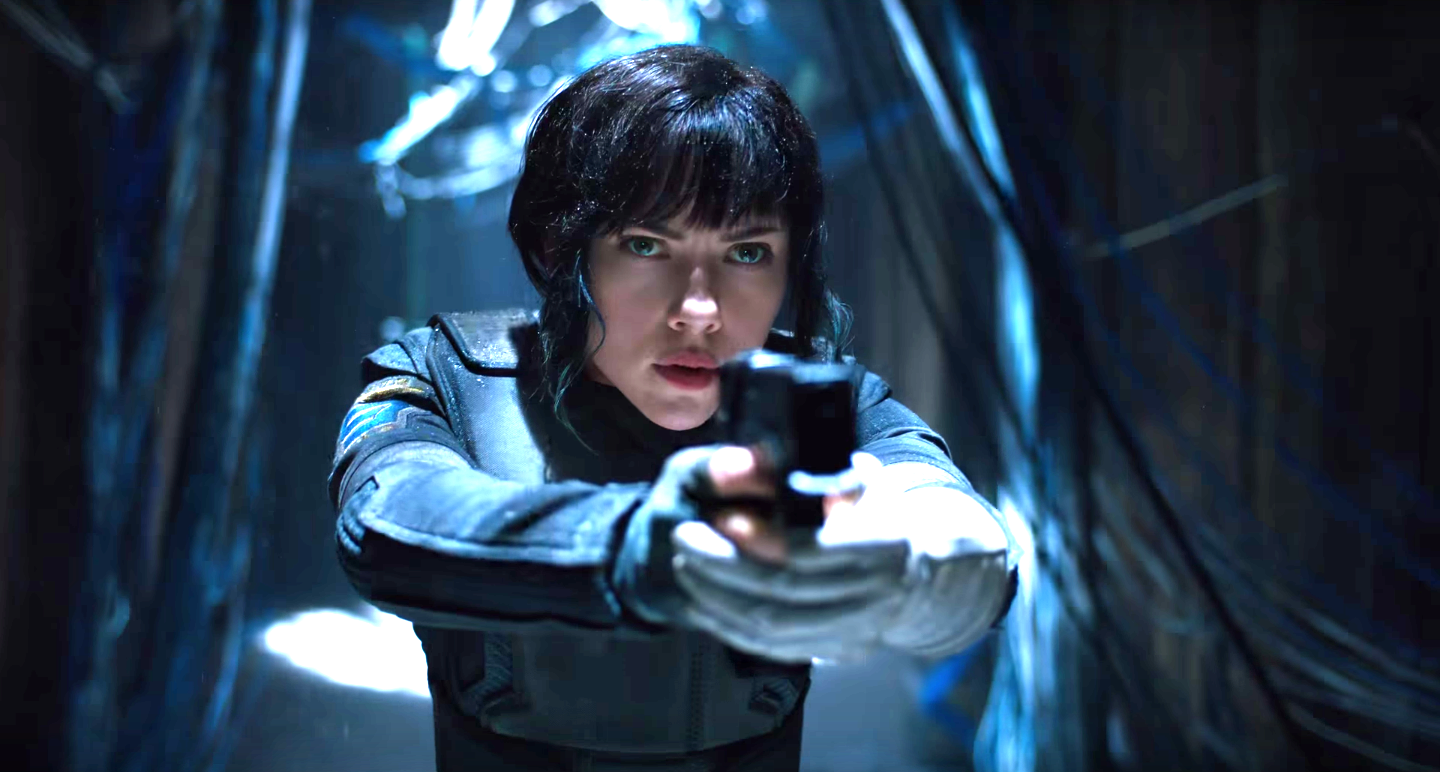By John Liu
NORTHWEST ASIAN WEEKLY
![]()
![]()
![]()
![]()

Ghost in the Shell started out as a manga series written and illustrated around 1989 by Masamune Shirow. The story explores a 2029 Japanese-British cyber future in which humans gain access to high tech prosthetic limbs and some “humans” are almost completely cyborg except for their mind. As a result, individuals begin to question their humanity and individuality. The 1995 anime film is a critically acclaimed masterpiece and served as an inspiration to Wachowskis’ 1999 sci-fi cult-favorite The Matrix. In January 2015, Scarlett Johansson was given the lead role of Major Motoko Kusanagi, and Asian American actors cited it as another example of Hollywood whitewashing. Surprisingly, the director of the original 1995 version, Masamune Shirow, had no issues with the casting of Johansson as The Major.
He said Major could be any ethnicity as it’s in line with the Ghost in the Shell universe. I watched the 1995 version two days before seeing the 2017 version, but my expectations were already low for the new film.
As the film starts, we are treated to a neo cyber-punk landscape with its moving 3D billboards and vivid colors. I couldn’t help but become sucked into this world. I want to walk the streets and of course eat the food! It really captured the feel of the 1995 version, but with an updated look of a 2017 live action film. This was by far the best part of the movie. Another scene that really stood out was when Major infiltrates a room full of geisha bots. I learned on reddit that Rila Fukushima, who played Yukio from the 2013 Wolverine, played a minor role as a red geisha in the movie. You never got to see her actual face in the movie. I kept thinking the whole time Fukushima could have played The Major.
The Public Security Section 9 squad in charge of protecting the public had three major movie roles. Scarlett Johansson looks very comfortable as The Major. Johansson has had many years of practice with her recent lead role in Lucy and Marvel Universe’s Black Widow. Pilou Asbæk plays Batou, who serves as Major’s partner and friend. I felt the two had good chemistry throughout the film. The 2017 version actually explains how Batou got eye implants, while the 1995 version leaves the audience to wonder. Then there’s Section 9 boss Aramaki, played by Takeshi “Beat” Kitano, who is the only character who speaks Japanese throughout the entire movie while everyone replies to him in English. It wasn’t very immersive to me, but Kitano did have some great scenes. The rest of the Section 9 squad wasn’t very memorable.
Regarding the Scarlett Johansson whitewash controversy, I felt the script was written in such a way to cast someone exactly like Johansson and snuff Asian American actresses. In fact, I felt the same way when watching The Great Wall starring Matt Damon. I watched the 2017 version knowing nothing about how the plot was changed from the Japanese version. As soon as the new plot was revealed about Major trying to recall her past life, I knew this movie was going to be a yawn-fest. The philosophy of the original Ghost in the Shell takes a back seat during the entire duration of the movie. Ghost in the Shell 2017 is like a strawberry honey toast box that tastes like crap.
My recommendation is to skip this movie, and watch the original. Ghost in the Shell ended up bombing at the box office, opening with a measly $18.9 million.
John can be reached at john@nwasianweekly.com.



